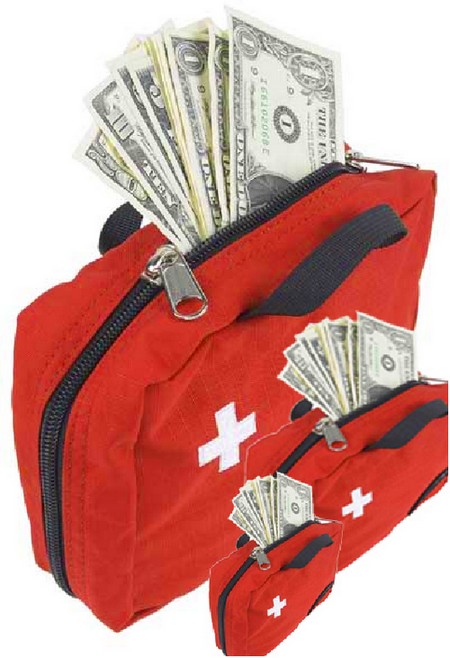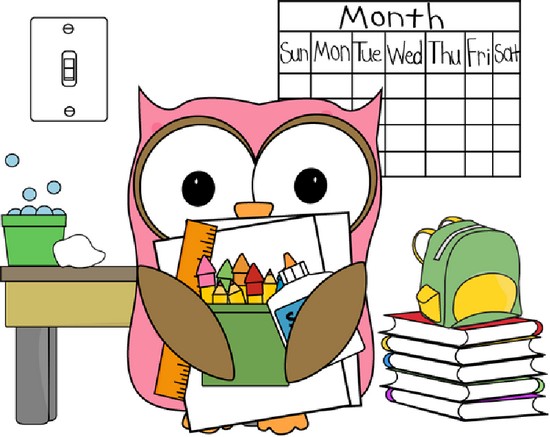There’s a lot of reasons why so many parents have turned to homeschooling. From wanting to be a part of your child’s education to eliminating problems like bullying or social problems, homeschooling is a great way to help children learn to love their education. There’s only one catch though. A lot of homeschoool items can really set back parents on a tight budget. There’s a whole lot you need to get your classes started and if you’re not sure where to start you could find yourself sinking even more money into your children’s education than you have. Luckily, there’s a few simple tricks that can ensure you have all of the education needs for your children without having to pay a ton of money for them. With the financial burden gone you’ll be able to concentrate more on lesson plans.

1. Online Programs
Recently there seems to have been a surge of online programs that your children can participate in in order to earn a diploma and be successful in their educational endeavors. There’s actually a lot of programs that are ran my private institutions. These schools require students to listen to lectures, turn in course work and take test online. You can choose from programs that are out of state or within your local district. Many of these programs do charge a tuition, but if this is the case books are usually included so you won’t have to worry about the extra cost of each class. If you’re wanting to stay closer with your own school districts standards then look to see if your public schools are offering an online option. This has become quite popular recently and helps keep the classroom size smaller while ensuring all kids are getting the education they need. The online schools ran by public schools will provide you with everything you need, so you don’t have to worry about money. These schools will ensure your child is following the same education as everyone else too!
2. Second Hand Goods
When you’re starting from scratch over even preparing for the school year in advance then check out your local thrift stores. A lot of other homeschoolers tend to donate books when they’re finished with them, so you may end up finding everything you need in one stop. The best thing about the thrift store is you can probably get every book on your must have list for less than $20, which is a complete steal. You may also look for items like a desk, chair or even a computer in the thrift store. These items are a must for homeschool, but you don’t have to over spend on them. Another great way to find supplies is on websites like Craig’s List where other homeschoolers will post their used supplies. If you know someone who has homeschooled before don’t be afraid to ask if there’s any books you can borrow. If you have more than one child then make sure to hold onto the books the other children use. These will come in handy when it is your younger children’s turn to use them and will help you save even more money.
3. Library
You should never overlook your local library. This can be one of the best sources of education for your child and will give you unlimited resources to information you may have never knew existed. If you don’t know where to start then talk with your local librarian as they’ve probably had numerous homeschoolers pass through their doors. With the information available in the library you should be able to get a full curriculum and you may not even need to buy a book. A lot of libraries will allow you to photocopy pages for a small fee, so if there is a book you can’t check out then you’re covered. You can also access the internet from this location. Here you should be able to find even more help in your task of creating and enforcing your child’s curriculum.
4. Free Days
One of the best things about homeschooling is you can take a field trip day whenever you feel like it. This means you can schedule some hands on learning with your city’s local schedule. There’s a lot of museums, zoos, aquariums and other places of learning that offer free days. Usually kids can get in free on these days, but you should always call ahead or look online to make sure you can get in free too! This will cut down on a lot of your spending for outside learning and will also broaden your children’s perspective on the world. Museums are a great place to frequent because they’re always adding new items to their collection, so you can plan your lessons around some of the changes. Your kids will love learning this way and may actually retain the information better than during class time at home. You will also be able to turn out all of the electronics in the home and save a little cash on your utility bill too!
5. Utilize the Internet
Living in the digital age is a huge benefit for parents that are getting into homeschool. You can find basically everything you need to start about your little school without spending anything extra. To begin with, you can look up your state and districts homeschools laws with a simple search. This will give you the power to follow the rules to a tee so you don’t have to worry about the district questioning your methods. Once you’ve figured out what needs to be done then you can begin to do a little research into your child’s curriculum. If you’re not sure you want to write your own then have no fear. There’s a lot of different curriculums online, so you can choose the one that suits you best or you can edit some of the schedules you prefer to suit your needs. When you’re ready to begin with your course work then you can easily print out lesson plans, homework and or research guides that will lead your child to a successful learning experience. You can even find games and videos that will further the learning experience.
6. There’s an App!
If you have a smartphone or tablet then you’re on your way to providing your kids with some amazing educational tools that will suit their attention spans. There’s a lot of apps online, so weeding out the good from the bad might take some time. However, if you want a quick start to find some great apps then your suggestion window on the app store of your choice can actually go very far. Here, you should be able to find an abundance of games that will help children learn to read, write, understand shapes and colors and other core information. As your kids progress there’s plenty of science and math apps that can help boost these very important skills. You may even find some cool projects to work on through your phone or tablet. When your students reach high school then there’s a whole lot of SAT/ACT prep apps to consider. There are also core classes that can help them go even further. If you’re looking for a more advanced look then there is college classes that can be found in a number of apps. These lectures will give students a taste of what the future holds and can help improve many of their elective and core skills.
7. Teacher’s Discounts
One great advantage to homeschooling is you technically count as a teacher. This will open you up to a world of supplies that will help you be more successful in your job. You may even consider printing out some homeschool cards with a logo you and your children design. So, next time when you go in a book or teacher store let the clerk know you’re a homeschool teacher and ask for the discount. It might not be much at some local or chain stores, but every little bit will help. When you take your children on field trips you can also ask for this discount. A lot of places will honor it and will give you the discount you deserve for you and your kids. This can help you pay for more field trips so you can offer well rounded trips to children. One of the best places to ask for the discount is wholesale stores. This is where you’ll get some amazing deals on school supplies and work books without having to pay a small fortune for them.
8. Use What You Have
Homeschool can be pretty convenient in regards to supplies. Unlike public schools where you’re asked to stock up right away, with homeschool you can use what you have before having to shop again. This is especially important when it comes to maintaining a budget. Most homes already have pens and pencils, so pull out these items and replenish when the ink or lead is gone. Paper and notebooks are the same story as you won’t need a ton of paper just to get started. In fact, a lot of your work might be done in a booklet or on print out sheets. You may also want to use your recycling to help cut down on cost. Oatmeal containers and other canisters make great supply holders and may come in handy with some projects. You can also use cereal boxes to keep track of kids work or use it as a turn in box for work that needs to be graded .These items can even be customized to suit each individual child.
9. Take It Outside
Staying indoors all of the time can be stifling, so turn off the electronics and head outside on good weather days. There is something about fresh air and natural light that helps bring out the imagination in students. You can have them look closer at nature in order to figure out how the world works, or read from a novel you’re teaching them. You might even consider packing a picnic and enjoying the rest of your lessons in the backyard or a park. Learning outside can help children retain the information more. It will also allow them to move around, burn some energy and encourages exercise from an early age. Plus, you’re use of electricity and other utilities will go down for the day which is great for your savings!
10. Find a Group
One of the biggest assets you can have in homeschooling a group to lean on. This will help create a support system for you when you feel like homeschooling might be too much. There should be a few groups in your community. Try looking online or ask you school district if there are any registered groups. Once you have found one try to make some friends as the members here will be able to guide you through the early process of homeschooling. They will also be able to give you tips about where to find cheap school books or how to work on curriculum without purchasing them. You may even be able to take part in a book exchange which will help save on a lot of money in the long run. One of the best things about groups is you’ll be able to create outings with other homeschoolers. This will give your children some social interactions and can cut down on the price of some field trips thanks to group discounts.
Homeschooling can be an amazing experience for parent and child. With these tips you should be able to forget about the cost and concentrate on the well being of your child. After a couple weeks of homeschool you’ll feel like you’ve been doing it for years and you won’t have to alter your budget too much to make it happen!






